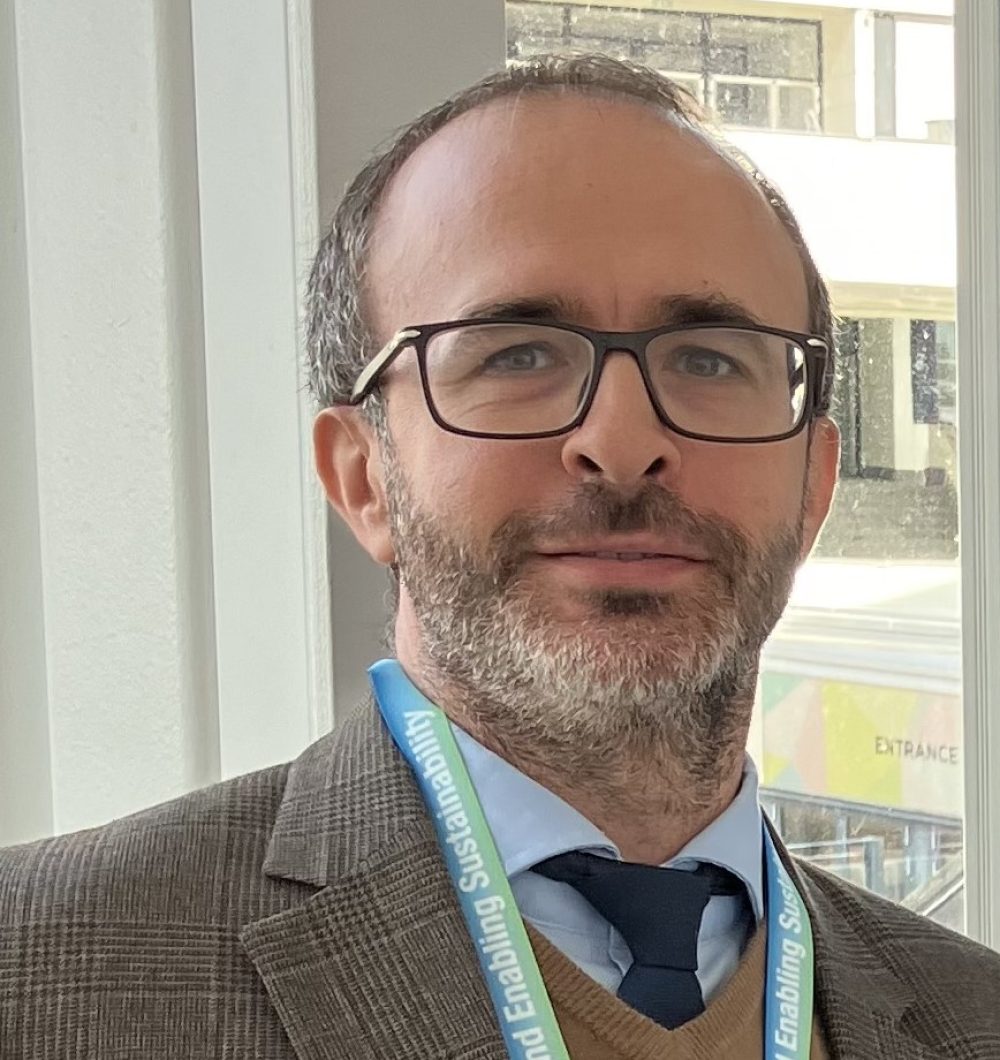
Dr. Đorđe Lazarević
ABSTRACT
Advanced nuclear reactor systems (Generation III+), encompass characteristics relevant to the current reality, as well as their potential for future development. These are large power reactors (greater than 1000 MW) with fully mastered technologies that are successfully used worldwide and have nearly fully met the requirements set for future reactors (IV generation). These reactors offer numerous advantages over the existing Generation II reactors. For example, the possibility of core melt accidents in existing II generation nuclear power plants is on the order of 10⁻⁴, while for III+ generation reactors, the possibility is between 10⁻⁷ and 10⁻⁶, depending on whether they use passive or active heat removal systems. The simpler and more robust design of these reactors makes them easier to operate and less vulnerable to operational issues, thereby increasing their efficiency and reliability. In addition, these reactors have reduced radionuclide release into the environment and allow for more efficient fuel use, resulting in smaller amounts of radioactive waste. One of the key characteristics of Generation III+ reactors is that they are designed to withstand 72 hours in the event of a complete loss of electrical power, without the need for active operator intervention during this period. Some achieve this through technologies with active components (EPR and APR1400), others rely solely on passive components (AP1000), while others combine active and passive systems (VVER-1200 and Hualong One). Passive safety systems are based on natural phenomena, such as gravity, natural circulation, convection, and others, for the removal of residual heat, thereby reducing the need for complex electrical and mechanical components, which has contributed to increased safety and reduced risk in the event of a complete loss of power supply. In all, whether active, passive, or combined safety systems are used, it is necessary to replenish the water used for cooling after 72 hours, if external power supply has not yet been restored. This is achieved by activating backup systems, such as diesel generators for supplying power to water pumps or mobile vehicles with pumps to replenish the reservoirs, thereby ensuring significant redundancy. Furthermore, the advantages of modular construction, which enables faster construction and cost reduction through standardized components, as exemplified by models such as AP1000, EPR, VVER-TOI, and other Generation III+ reactors, demonstrate how these reactor systems are expected to deliver increased efficiency, safety, and reduced construction time, contributing to the rational use of energy resources. In the future, advanced nuclear reactors, in addition to enhanced safety and efficiency in energy production, are expected to contribute to the long-term sustainability of the energy sector through the mastery of fast neutron reactors, as well as minimizing radioactive waste that requires long-term management. Furthermore, innovations in the design of future reactors will enable higher thermodynamic efficiency and the use of process heat for applications such as high-temperature water electrolysis for hydrogen production. It is expected that advanced reactors will play a crucial role in the future energy mix, providing stable energy production while reducing emissions and enabling more efficient fuel use.
Keywords: advanced nuclear reactor systems (Generation III+), energy sustainability, nuclear safety, passive systems, future of nuclear energy
Biography of the presenter
He holds a PhD in electrical engineering from the School of Electrical Engineering, University of Belgrade. He currently works at the Center for Electric Power Systems at the Nikola Tesla Institute, focusing on research and strategic capacity development in the field of low-carbon technologies, including systems based on nuclear energy. With over 15 years of professional experience in radiation protection, ionizing radiation testing, and nuclear technology applications, he has authored and co-authored numerous scientific papers and participated in a variety of study visits and projects of the International Atomic Energy Agency (IAEA). He led the Department of Radiation and Environmental Protection at the VINCA Institute of Nuclear Sciences, and the Department for Decommissioning of Nuclear Facilities at the Public Company Nuclear Facilities of Serbia. He was member of the Interdepartmental Working Group for the development of the risk assessment in Serbia for nuclear and radiological incidents, and part of the expert group that provided assistance and support to the Mission of the Republic of Serbia to the OSCE and other international organizations. As a consultant to the Serbian Radiation and Nuclear Safety and Security Directorate, he also serves as the national coordinator for several ongoing IAEA projects.


